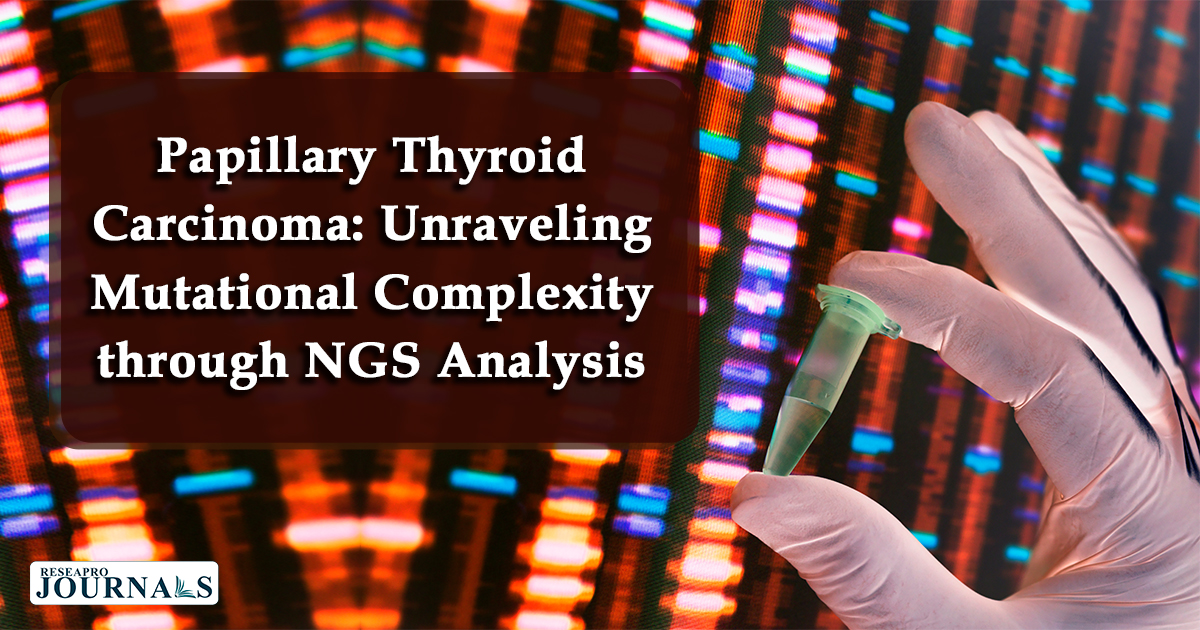|
Getting your Trinity Audio player ready...
|
In this study of 130 patients with classical papillary thyroid carcinoma (PTC), Next-Generation Sequencing (NGS) was utilized, revealing a high BRAF V600E mutation frequency (83.1%) attributed to Hokkaido’s high iodine intake from seaweed consumption. Unlike previous findings, direct correlation between BRAF V600E mutation and aggressive clinicopathologic features wasn’t established. However, co-existing mutations, notably with PIK3CA, correlated with aggressive traits like tracheal invasion and lymph node metastasis, leading to poorer outcomes. The study highlights NGS’s potential in understanding PTC, emphasizing the significance of co-existing mutations in prognostic assessments. Despite limited by size and location, it emphasizes the need for broader, multicenter studies to validate these findings and explore PTC’s intricate genomic landscape




